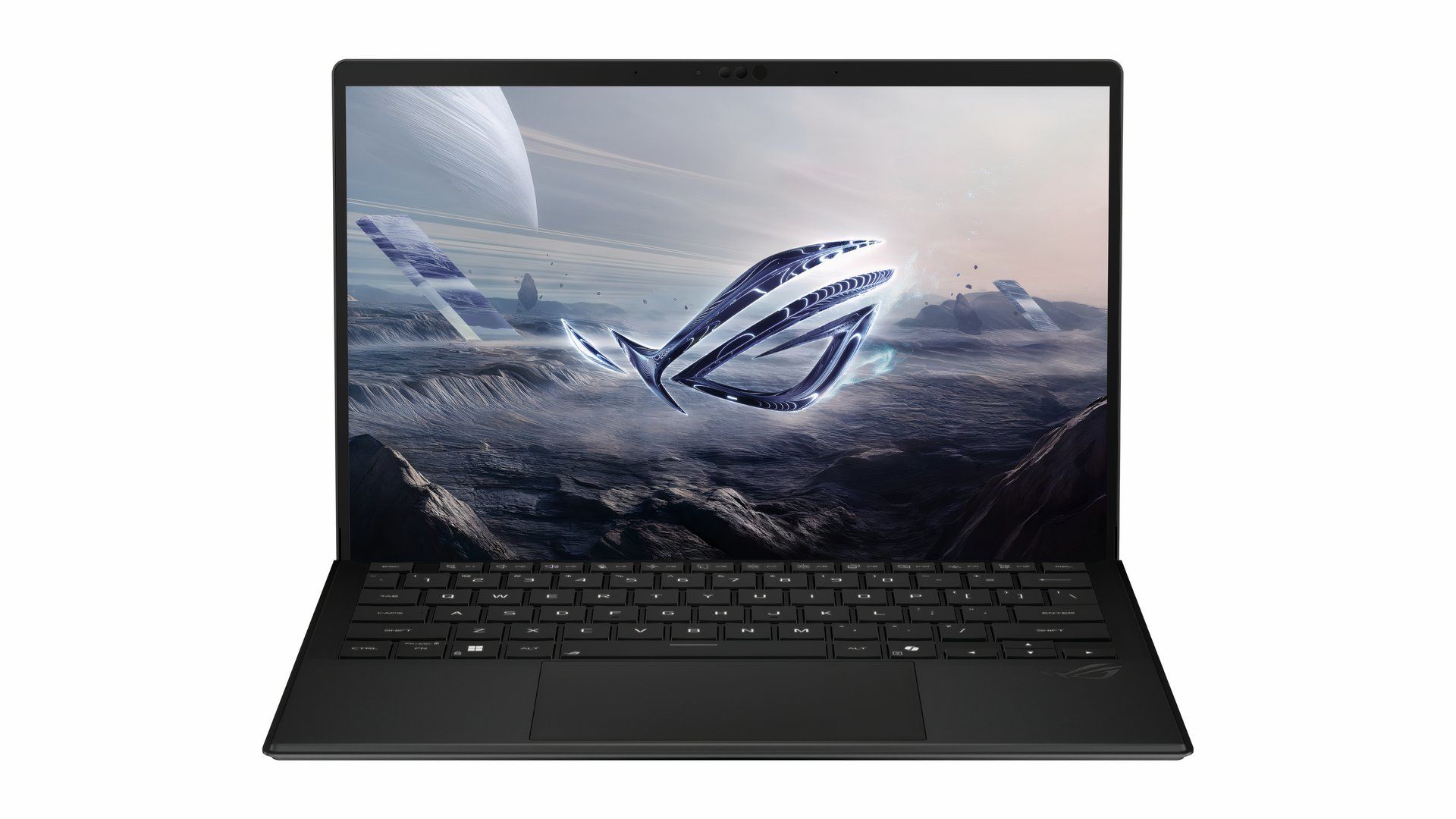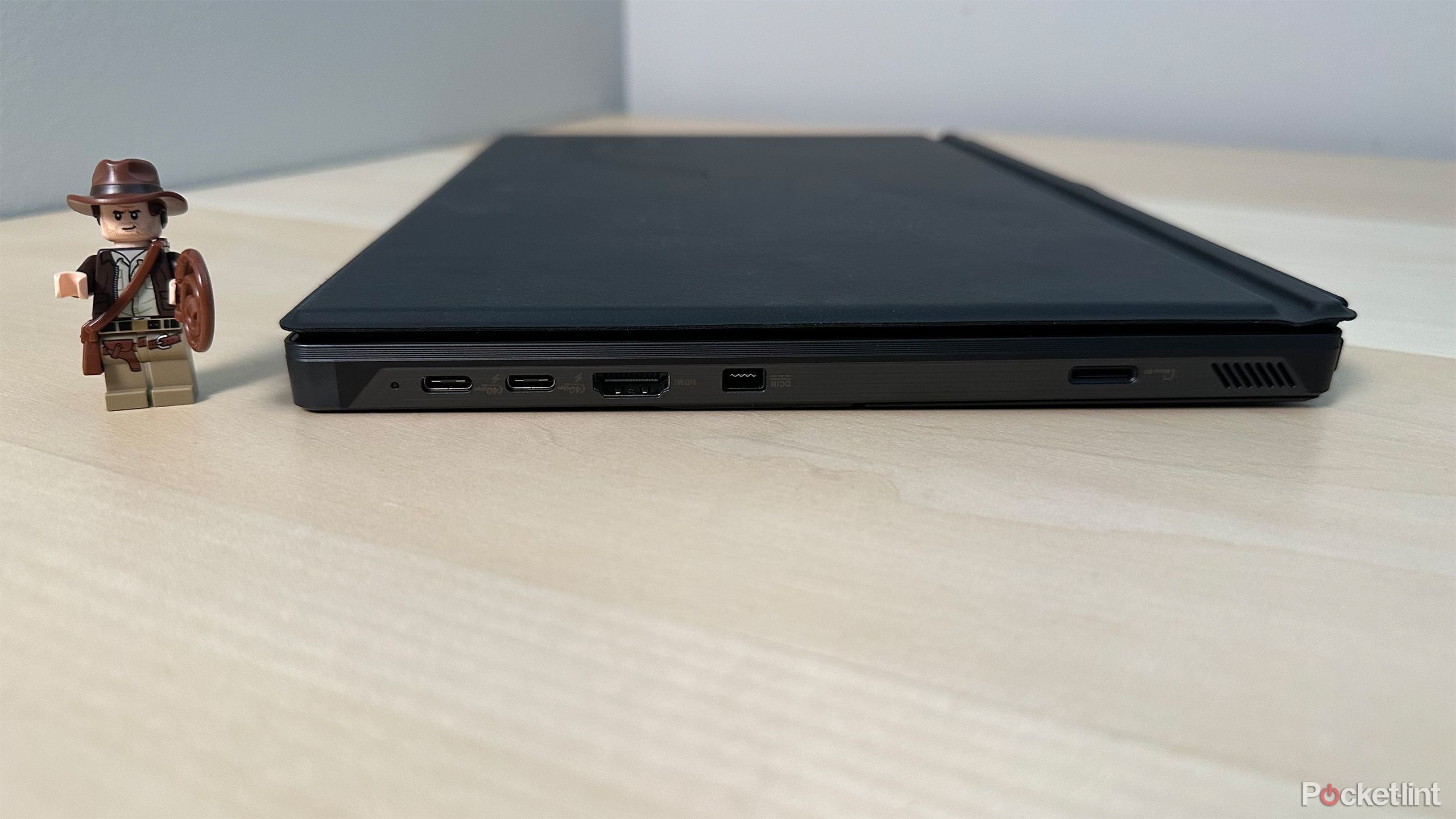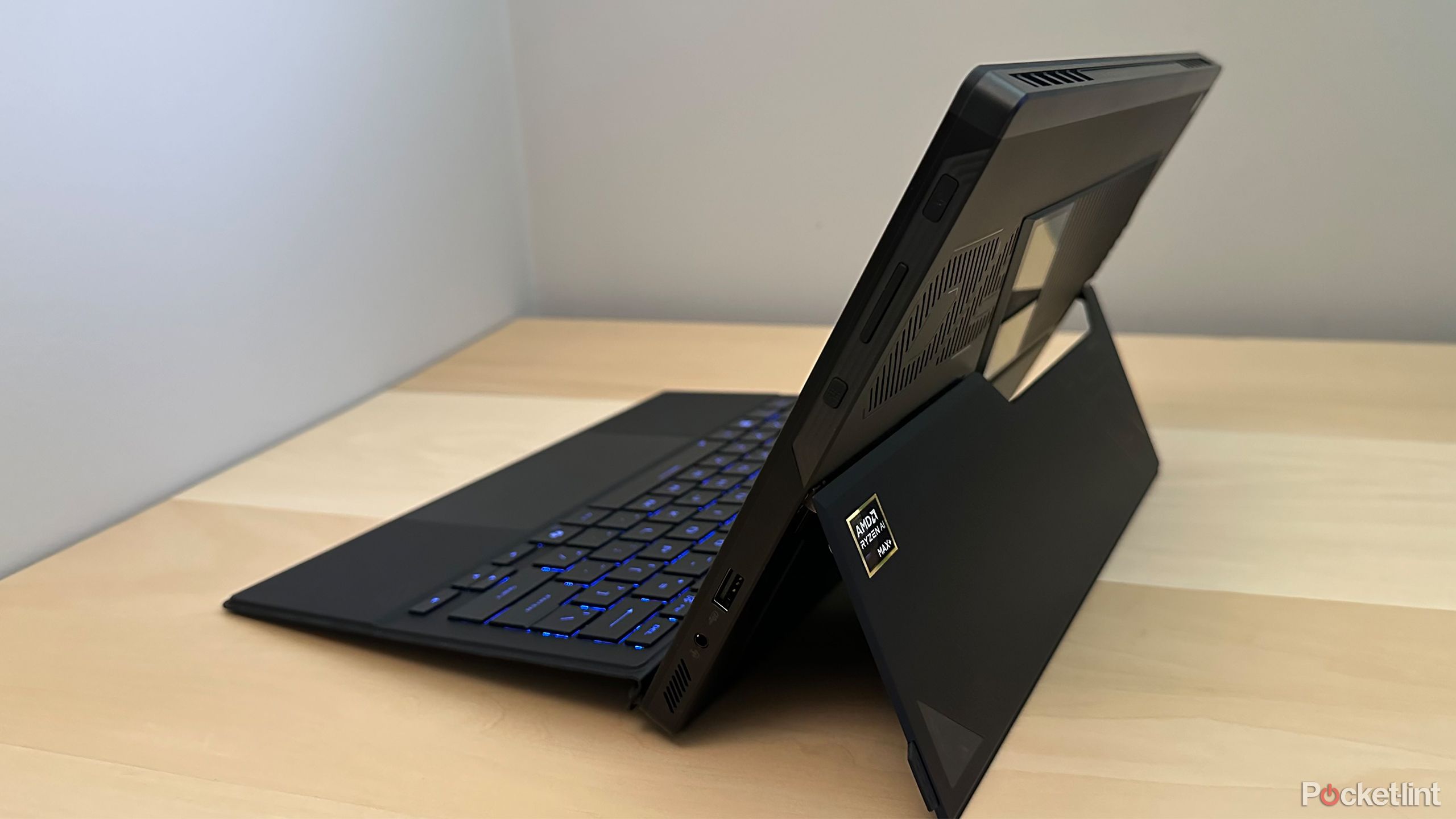Summary
- The Asus ROG Flow Z13 (2025) features a powerful new AMD Ryzen APU with 16 cores and the world’s fastest integrated graphics, offering high frame rates and stunning visuals in games.
- The tablet-like design of the Flow Z13 provides versatility with a sturdy kickstand, detachable keyboard, and improved cooling system.
- While the price is steep, the Asus ROG Flow Z13 provides exceptional performance, battery life, and form factor, making it a unique and versatile gaming tablet that I didn’t know I needed.
I was initially skeptical when I first heard about the Asus ROG Flow Z13 (2025). I’ve never been a fan of gaming laptops, so a 2-in-1 laptop that’s essentially a gaming tablet, didn’t seem like it would appeal much to me. But after using the Flow Z13, my perspective has completely changed, and now I don’t know if I can go back to using a regular laptop.
The ROG Flow Z13’s design isn’t new, and it’s gone through a couple of iterations now since its debut in 2022. It features a 13.4-inch display, with an adjustable kickstand on the back and a detachable magnetic keyboard. The previous generation included a 13th-generation Intel Core i9 CPU and a dedicated Nvidia RTX 4060 GPU. While that remains a powerful combination for a tablet form factor, Asus has raised the bar even higher with this year’s model, largely thanks to AMD’s groundbreaking new APU.
The updated Asus ROG Flow Z13 (2025) includes AMD’s latest Strix Halo series Ryzen AI Max+ 395 APU, featuring a CPU with 16 cores, 32 threads, and a maximum boost clock of up to 5.1 GHz. AMD boasts that its iGPU, the AMD Radeon 8060S, is the world’s fastest integrated graphics.
Apart from AMD’s wild naming scheme, on paper, this all sounds great. But how does it perform in reality? For the past month, I’ve had the chance to test out this tablet, and now, quite frankly, I don’t know if I can imagine my setup without it — or going back to my MacBook Pro.
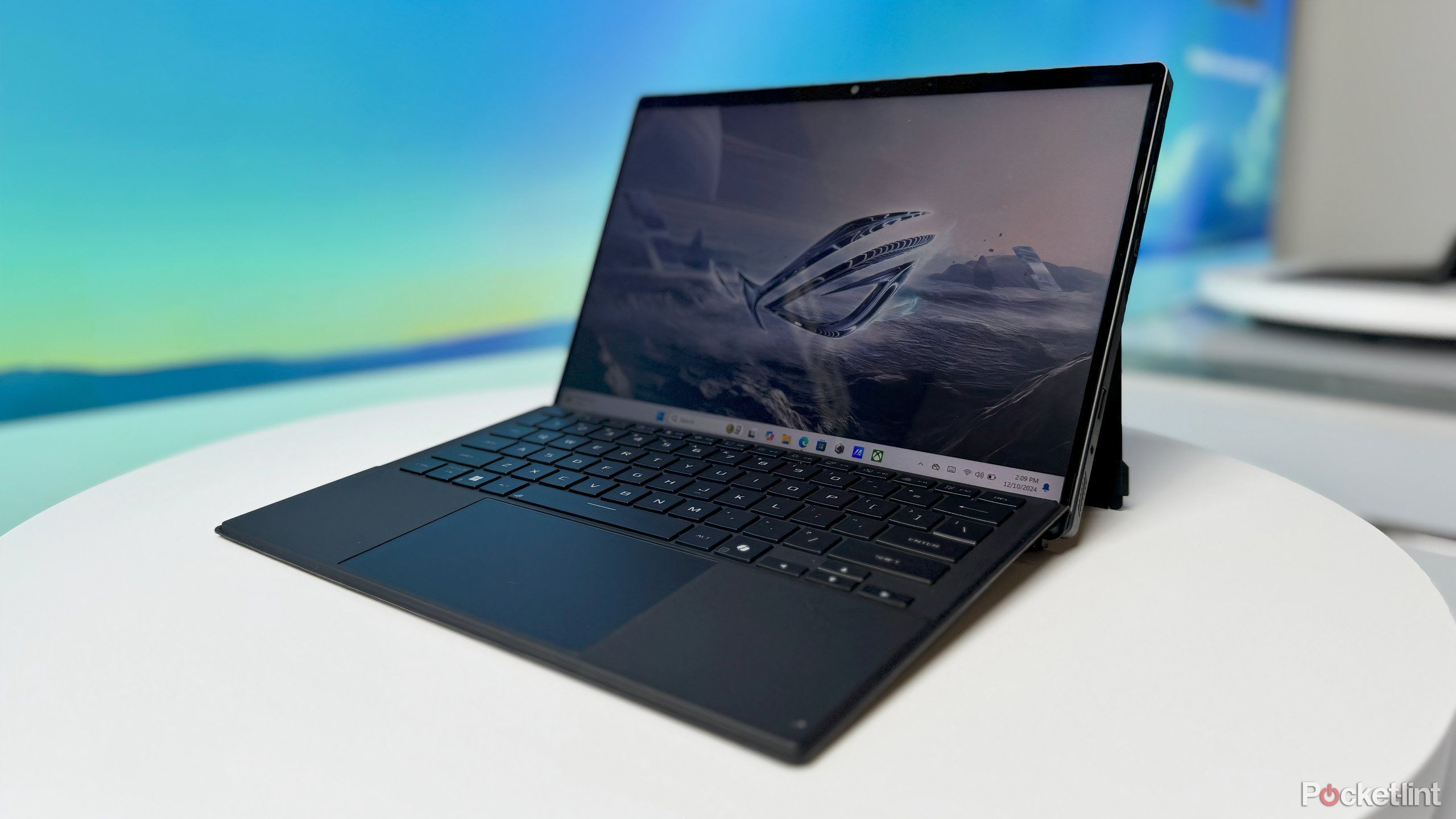
Asus’ ROG Flow Z13 upgrade puts AI solutions first
During CES 2025, Asus announced its ROG Flow Z13 for 2025, the refresh to its 2023 2-in-1 gaming laptop.
The new ROG Flow Z13 is a beast
It shredded every AAA game I threw at it
This year’s ROG Flow Z13 comes in several different configurations. The one I’ve had the opportunity to test costs $2,300 and includes an AMD Ryzen AI Max 395+ CPU, AMD Radeon 8060S integrated graphics, 32GB of RAM, a 1TB SSD, and a 13.4-inch IPS LCD touchscreen display with a 2560 x 1600 pixel resolution and a 185Hz refresh rate. A lower-specced version costs $2,100 and includes an AMD Ryzen AI 390 CPU and Radeon 8050S integrated graphics. While its cost is steep, the Flow Z13’s impressive performance and form factor makes it unique.
I’ve been hooked on Kingdom Come Deliverance 2 since it came out, so naturally, when I got my hands on the Flow Z13, it was the first game I tried. My jaw dropped when I got 100+ FPS on medium settings, with FSR 3.1 (AMD’s upscaling technology) set to performance running at its native 1600p resolution. Coming from playing the game on ultra on my gaming PC with an RTX 4080, I was blown away by how the Flow Z13 didn’t feel like much of a step-down. The same goes for Cyberpunk 2077. With FSR 3 set to performance on high settings, I got between 80 and 100 FPS, and it felt smooth as butter without any stuttering.
When I was testing games on the ROG Flow Z13, I had the tablet’s performance mode set to Turbo.
I was even more impressed with Indiana Jones and the Great Circle. With FSR set to performance on high settings, I got a very playable 60-70 FPS in the game’s stunning open-world areas. These visuals and performance are virtually unheard of for integrated graphics. Yet, AMD has pulled it off, rivaling the power of a dedicated GPU like the RTX 4060 in an APU that draws less power while doing it. But what makes AMD’s new CPU shine even more is the eye-catching tablet form factor it’s put in.

These 5 laptops are my favorite that I’ve ever used
Over the years, there have been several category-defining laptop PC releases – here are 5 that I’ve had the pleasure of using daily.
Tablet-like appearance, laptop dimensions
The Flow Z13 weighs about the same as a MacBook Pro
One of the standout features of the ROG Flow Z13 is its unique 2-in-1 tablet design. However, when you picture a tablet, it typically evokes thoughts of a lightweight and slim device, which the Flow Z13 does not embody in the slightest bit. It weighs 2.65 lbs without the keyboard and 3.51 lbs with it and has a thickness of 13mm. In contrast, the Microsoft Surface Pro 11, another 2-in-1 Windows laptop/tablet, is 9.3mm thick and weighs 1.97 lbs. The Flow Z13’s dimensions are similar to many 14-inch laptops, rather than a tablet. It’s still reasonably portable though, and I had no problem carrying it around and throwing it in my backpack.
At first, getting used to its 2-in-1 design after using a clamshell laptop for so long was an adjustment, but after a while, I came to love it, largely thanks to its versatility. The back of the tablet has a kickstand that can adjust up to 170 degrees, so you can place it down and always get the perfect angle. Its hinge is sturdy, holds the tablet’s weight well, and has never felt unstable whenever I use it.
The keyboard attaches via magnets, so it’s easy to take on and off quickly, depending on how you want to use the device. I always had the keyboard detached when gaming with a controller or using the tablet in bed. At my desk, I typically leave the keyboard attached for productivity work, and certain games I prefer playing with a keyboard and mouse. All this echoes what I meant about versatility. The 2-in-1 form factor adapts to so many different use cases, and I loved taking the Flow Z13 from my desk in laptop form to using it on my kitchen counter as a tablet.
…it’s quieter than most gaming laptops I’ve tested before that sound like jet engines under heavy load
Another key benefit of the ROG Flow Z13’s tablet design compared to a traditional gaming laptop is its lack of a screen hinge. This allowed Asus to integrate larger fans and an expanded vapor chamber, which helps keep it cooler and quieter under heavy loads. Although it produces a fair bit of noise under heavy use, it’s quieter than most gaming laptops I’ve tested before that sound like jet engines under heavy load. I never found the noise it produced to bother me too much, and if you use headphones while gaming, you hardly hear it. Additionally, because the Z13’s heat-producing components are elevated above the surface it’s on during operation, they are able to access more fresh air than most laptops, which helps with cooling.
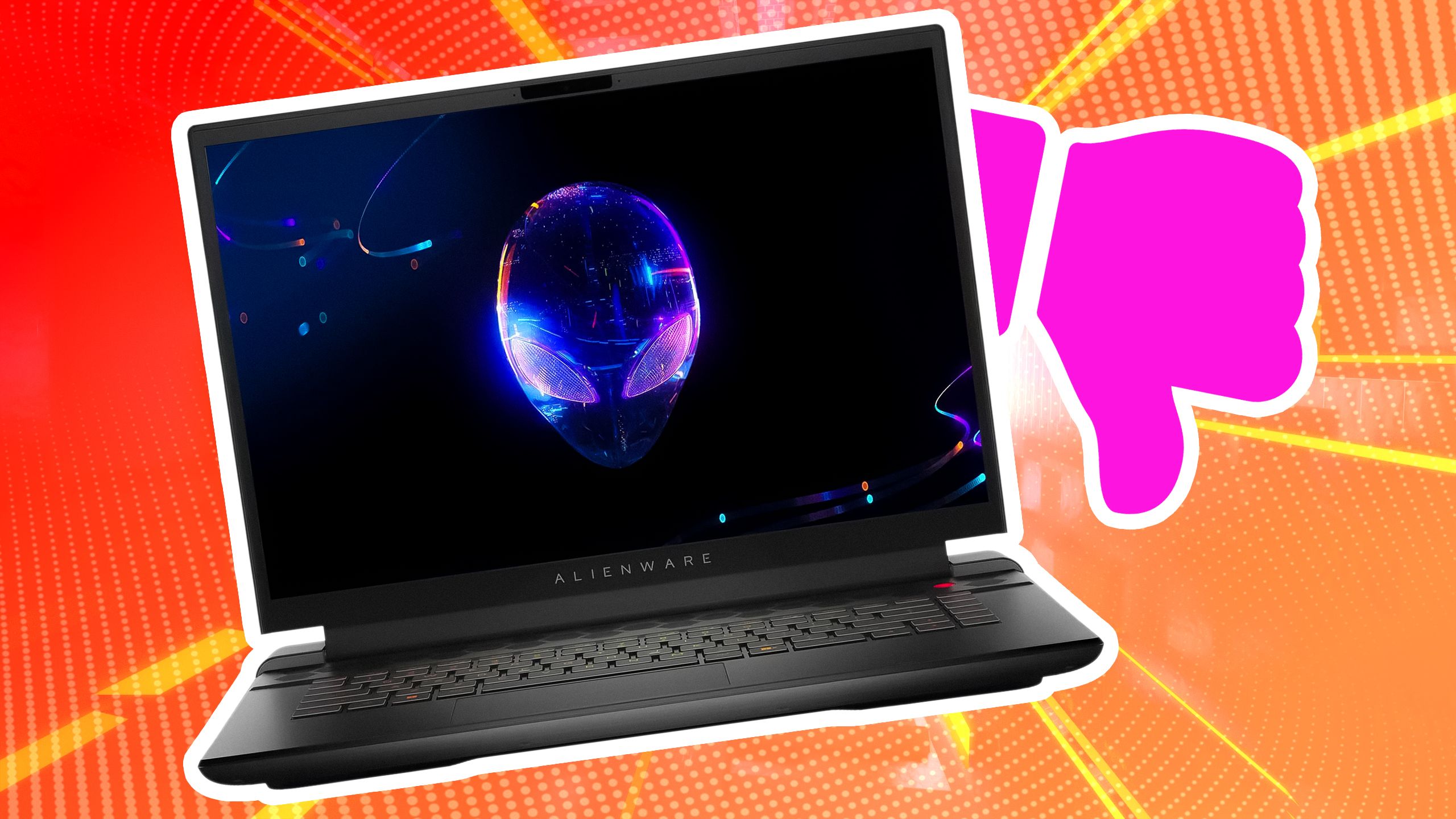
Gaming laptops sound great – until you realize these 4 things
I like gaming laptops, but there are certainly some drawbacks.
I don’t know if I can go back to a regular laptop
Everything about the Flow Z13 is great, except the price
The Asus ROG Flow Z13 is the most fun I’ve had testing a new device in a long time. Does it have flaws? Absolutely. For starters, it could be lighter, thinner, and cheaper, but what Asus has accomplished in design and performance here is worthy of praise. AMD also deserves credit here, thanks to its Ryzen AI Max+ 395 APU, which works wonders in a 2-in-1 tablet form factor like this in terms of power and efficiency, especially when compared to similar configurations with a separate CPU and GPU.
I was also pleasantly surprised by this machine’s battery life. It comes packed with a 70whr battery, an upgrade from the previous generation’s 56whr battery. I got around 8-10 hours of use while engaging in productivity tasks, browsing the web, and watching videos. Is it as good as my MacBook? Not a chance. But as a gaming-oriented device, I wasn’t disappointed. The charging speed is also impressive, going from 0 to 50 percent in about 30 minutes with its 200W charger.
If you’re looking for an alternative to the traditional gaming laptop, the Flow Z13 may be the answer if you can stomach its $2,300 price tag.
After a month with the Asus ROG Flow Z13, I no longer view my MacBook or other Windows laptops the same way. They simply lack the fun and versatility that the Flow Z13 offers. If you’re looking for an alternative to the traditional gaming laptop, the Flow Z13 may be the answer if you can stomach its $2,300 price tag. While more powerful and cheaper computers are available, they don’t match this unique form factor, and that’s ultimately what you’re paying for.
This is the first device I’ve ever used that could legitimately replace my desktop PC and MacBook Pro. I didn’t realize I needed a gaming tablet until I used the Asus ROG Flow Z13 (2025), and now I don’t think I can go without one. Thanks to AMD’s new Strix Halo series APU, it’s a performance powerhouse, and I’m even more excited to see what the future holds for tablet and handheld gaming. Imagine a future Steam Deck or ROG Ally with this much power? The possibilities are endless.
This device was provided to Pocket-lint by Asus.
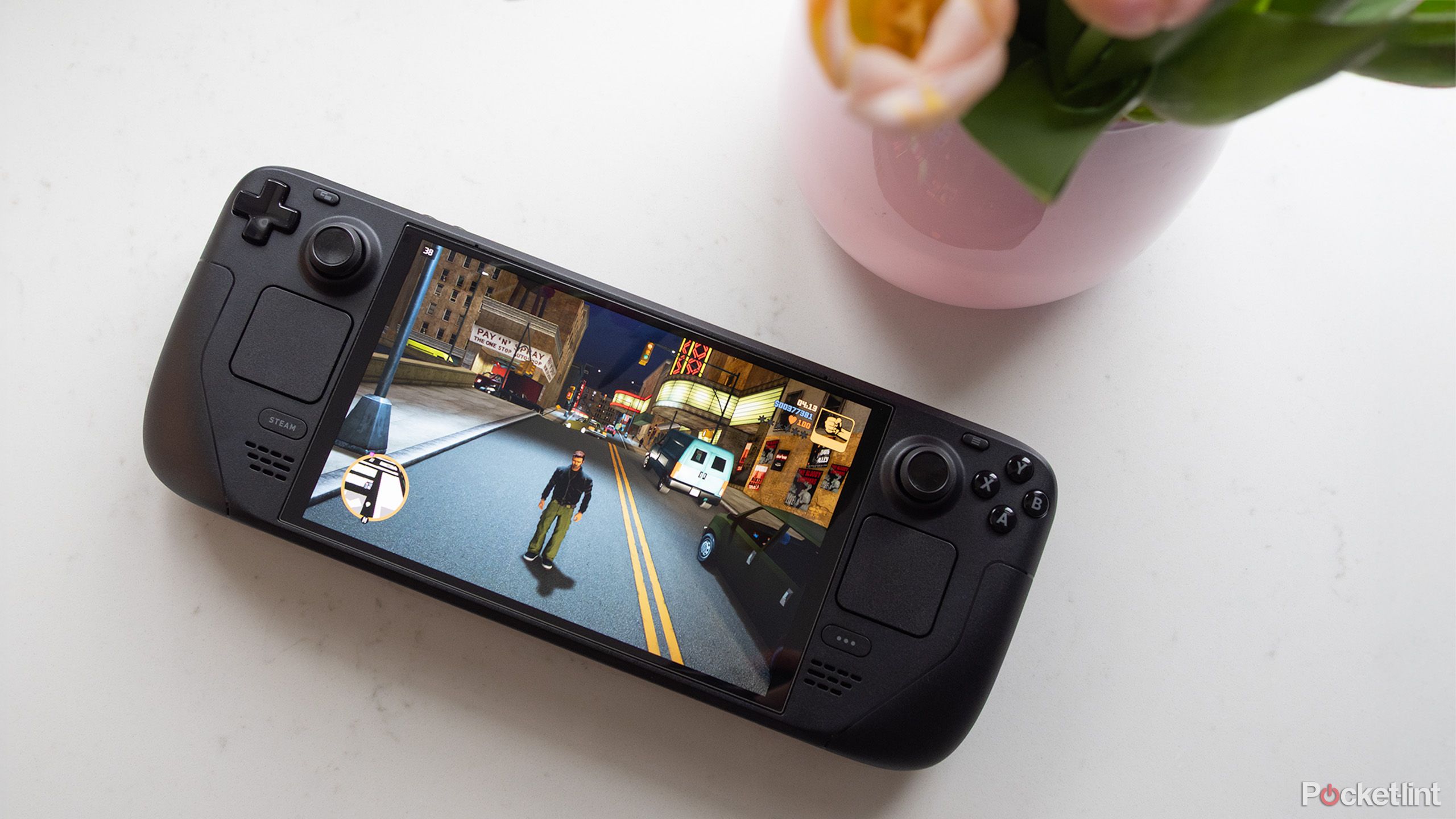
The ROG Ally X is great, but the Steam Deck OLED easily beats it in 4 key ways
I like the ROG Ally X, but when it comes to on-the-go gaming, I find myself turning to the Steam Deck OLED – here’s why.


